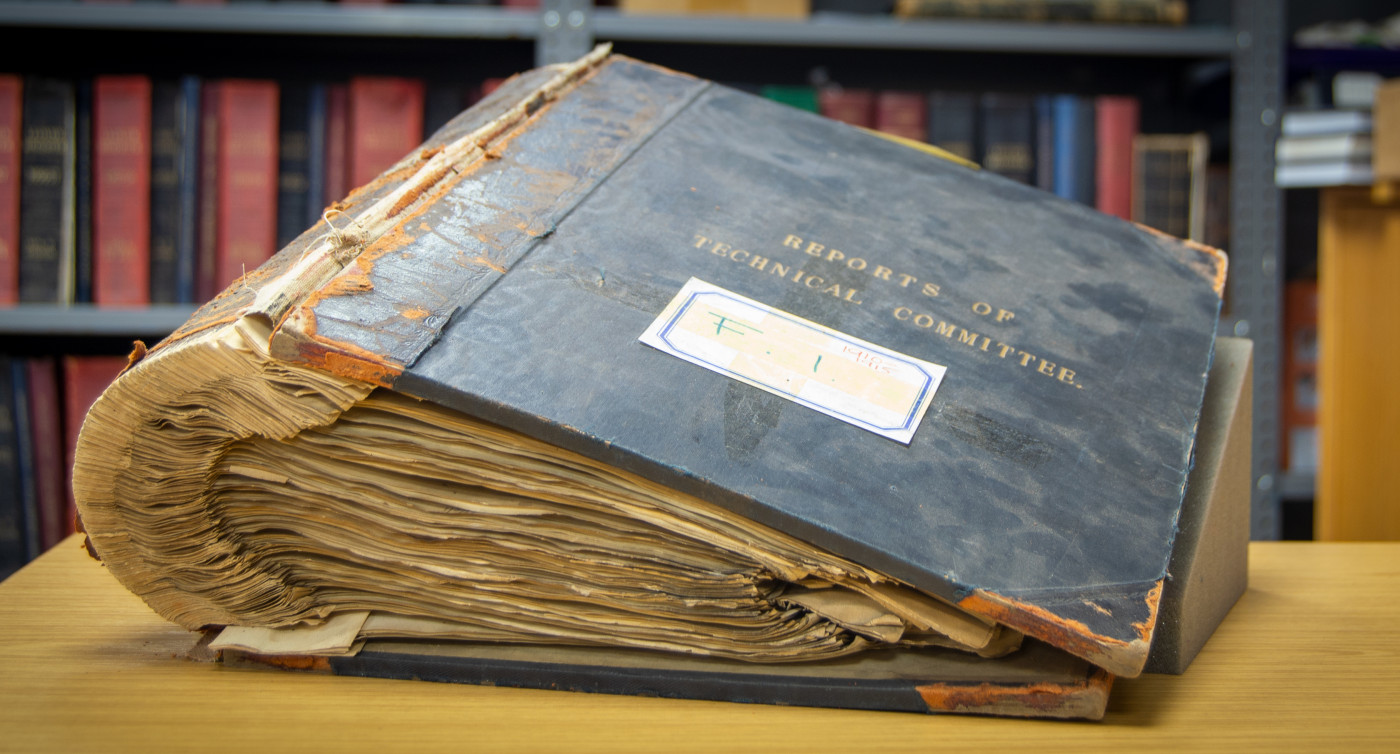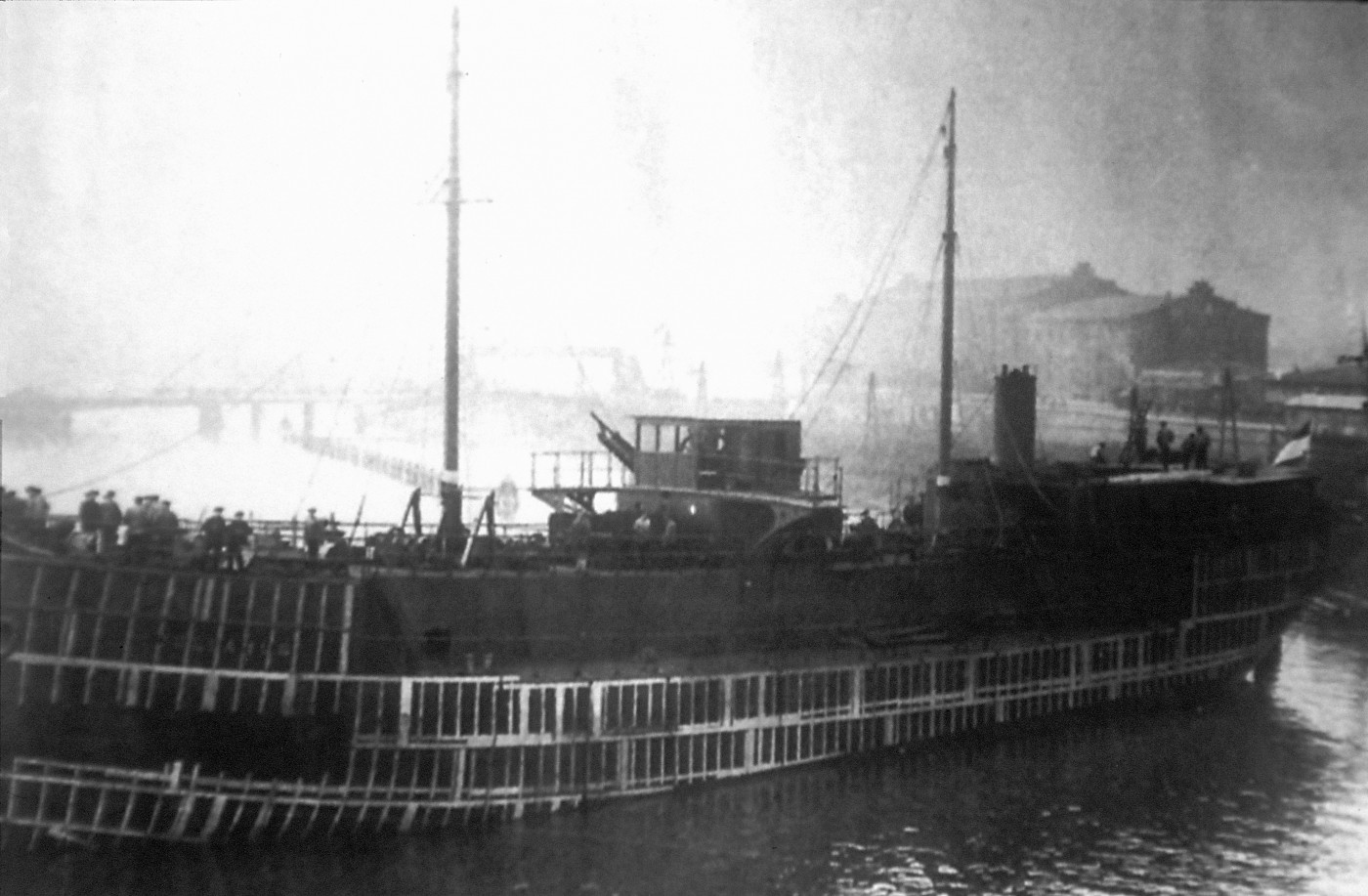One of the most important functions of Lloyd’s Register is the formulation of Rules for the construction of ships, their machinery and equipment and for the manufacture of the materials of which they are made. Exploring the work of the Technical Committee will help to understand how the Rules come to life.
The exponential technological progress of the last 200 years has profoundly influenced the shipbuilding industry. Change has impacted and keeps impacting ships' materials, propulsion, fuel, size, and service. As an organisation primarily concerned with safety at sea, Lloyd's Register (LR) has always invested in researching engineering requirements to make ships safer. The first Rules for the Classification of Ships were released in 1834, coincidentally with the reconstitution of the Society. At the time, the knowledge required to develop those early Rules came from the experience and insight of LR’s Principal Surveyor, George Bayley.
From 1835 LR formed a Sub-Committee for Surveyors, who informed the General Committee of rule requirements and amendments, based upon their knowledge, experience and research. Despite having the final say on the approval of the rules, the General Committee (GC), under the Society's constitution, consisted of merchants, underwriters, and shipowners with limited technical knowledge of shipbuilding. Shipbuilders were frequently consulted, although they were not integral to the GC as it was considered a hindrance to the impartiality of LR and forbidden under the constitution. Therefore, the GC relied on the technical advice of the Principal Surveyor when discussing submissions from the Sub-Committee for Surveyors on amendments to the rules or adoption of new ones.
As the industry developed, the technical details of the Rules required more effort, and the need for the contributions of shipbuilders, steelmakers, forgemasters and engineers became more apparent. Several calls to action were presented to the GC in the late 19th century. At the meeting of 5 December 1889 the GC discussed the Secretary Bernard Waymouth's proposal that a Technical Sub-Committee (TC) be formed to improve the control of rule development. Nearly a year later the GC reached agreement and the first meeting of the TC was subsequently held on 24th March 1891. The Technical Committee would consider questions of framing or altering rules for constructing ships and machinery. While ensuring safety and technical integrity were not jeopardised, LR could move forward from a previously extremely cautious approach to embrace the enthusiasm of shipbuilders and naval engineers looking to innovate the industry.

Figure 1: The 1910-15 Reports of Technical Committee
The original TC was composed of LR’s Chief Ship Surveyor and Chief Engineer Surveyor, the Principal Surveyor, and the Senior Engineer Surveyor of the five main outport districts, and 12 elective members, nominated by the Institution of Naval Architects, the Institution of Shipbuilders and Engineers of the North-East Coast of England, and the Institution of Engineers and Shipbuilders in Scotland. Each institution elected two shipbuilders and two engineers. For several years, the members of the Committee were selected by institutions based in Great Britain, even though LR had been operating internationally for around four decades. Among the first Rules published after the creation of the TC were the Rules for Electric Light Onboard Ships (1894) and the Rules for Refrigerating Machinery (1898).
The work of the TC went rapidly beyond the needs of the industry at the time, developing the first Rules for Marine Internal Combustion Engines in 1909, at a moment when steamships were experiencing their golden age, and few owners were considering the technology as viable. Members of the Committee participated in the sea trials of ships such as the Vulcanus (1910) and the Selandia (1912), among the first vessels to have a Diesel engine fitted. The ships passed the trials with flying colours, and it was only a short time until the technology was widely employed.

Figure 2: Vulcanus, the first ocean-going diesel tanker. Built to LR-class for Shell in 1910 in the Netherlands, she was fitted with a six-cylinder 4-stroke Werkspoor engine.
As the work of the Society expanded, National Committees were established from 1916 in the United States, France, Sweden, Japan, and the Netherlands. Each of these committees could nominate a representative to serve on the Technical Committee. By 1934 the TC included 19 representatives of leading technical institutions. In 1947, the Committee was re-constituted as a separate entity in its own right with an appointed Chairman. In the second half of the 20th century, the TC investigated refrigerating technology, enabling ships to transport Liquefied Natural Gas (LNG) safely, new materials such as plastic and fibreglass, and alternative fuels to oil, including methane, electricity, and nuclear power.
Although the rules mentioned above depict jumps in technology, most of the TC’s work applies to established systems and regulations, ensuring that all the rules which LR formulates are kept up to date. In addition to the findings of the technical research staff, the Committee can draw from thousands of performance records meticulously compiled and constantly monitored, and research LR undertakes with external partners. This enables LR to define the most appropriate strength and reliability standards to build and maintain safe ships and structures. The rules themselves are dynamic and amended when needed as technology evolves, reducing the potential risks to a minimum.
Well into the 21st century and with new global challenges, the Technical Committee keeps working on engineering a safer world, addressing climate change by incorporating research on new biofuels, hybrid power systems, and methodologies to reduce emissions and decarbonise the shipping industry.

